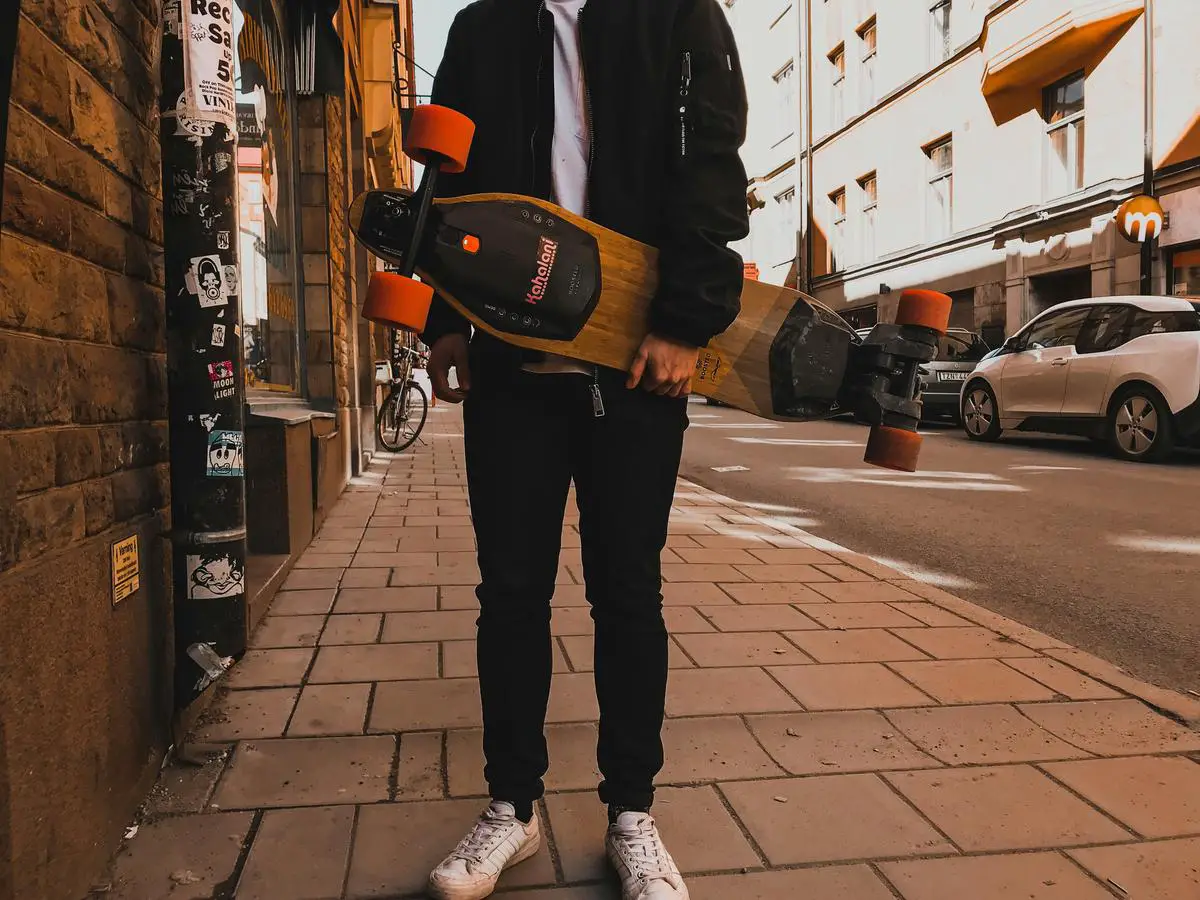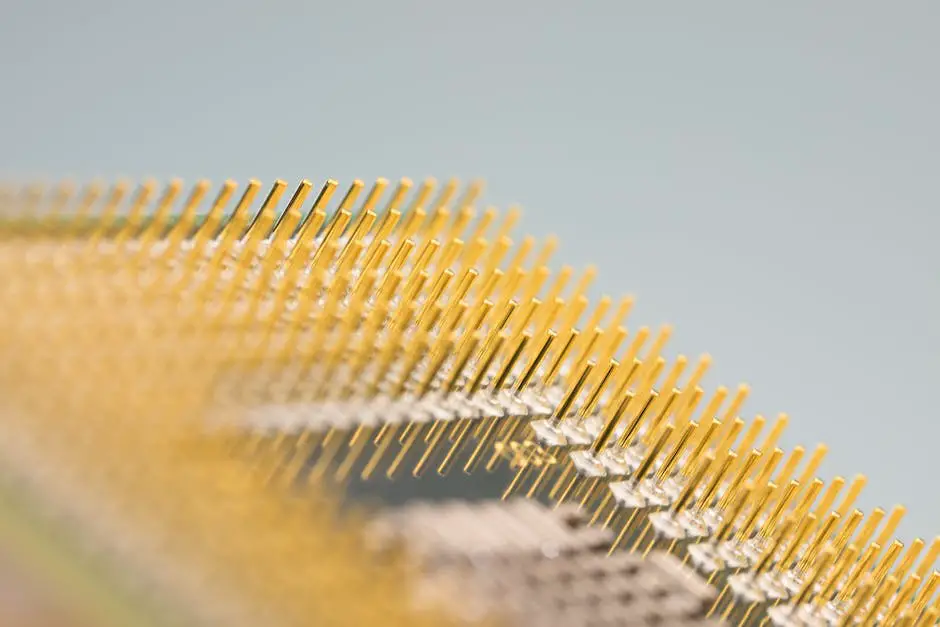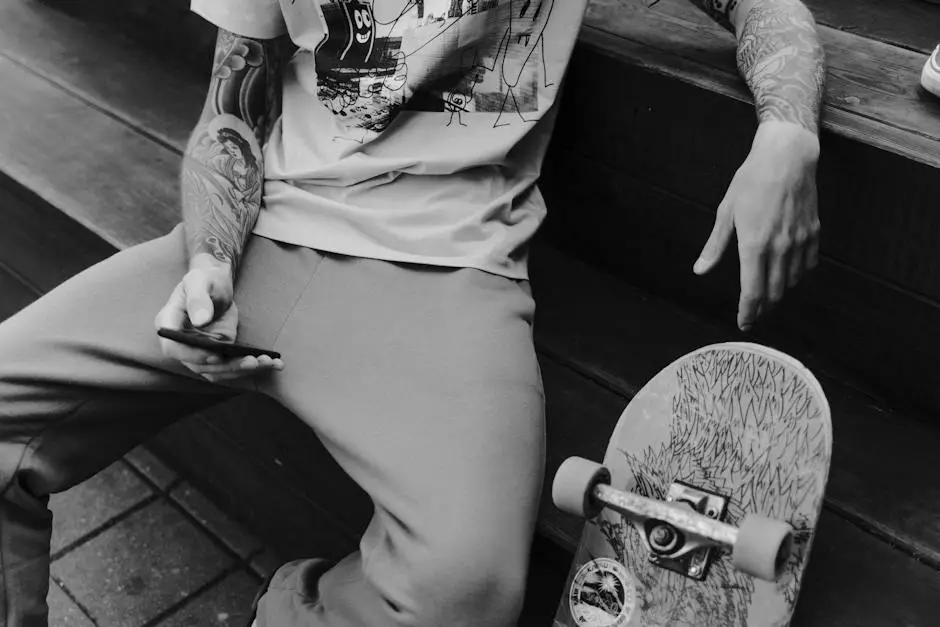Glide into the electrifying world of portable electric skateboard cruising, an exhilarating hobby that combines the adrenaline rush of high-speed riding with the convenience of modern technology. As enthusiasts seek to navigate urban landscapes or scenic routes, it’s vital to prioritize safety and equip oneself with the essential knowledge for a smooth ride. In this exploration, we delve into the key aspects of electric skateboarding—from donning the right safety gear to understanding the nuanced functioning of your mechanical steed, and embracing the subtle art of skating etiquette. Let’s embark on a journey to transform the novice skater into a seasoned cruiser, all while ensuring the thrill of the skate is matched with respect for personal safety and communal harmony.
Safety Gear and Precautions
Electric Skateboard Cruising: Gear Up for Safety!
When you’re cruising around town on your electric skateboard, the thrill of the ride is undeniable. But with great thrills come great responsibilities, and one of those top priorities is making sure you’re geared up with the right safety equipment. Trust us, it’s not just about looking cool – it’s about staying whole.
Now, let’s break it down. Why is it so vital to wear safety gear while electric skateboarding? Speeds can ramp up fast – we’re talking much quicker than your traditional longboard. When you hit that throttle, you want the peace of mind that comes with wearing proper protection.
Helmet On, Game On
First things first – a helmet. It’s non-negotiable. Not all helmets are created equal, so ensure yours meets safety standards and fits snugly. We’re talking full-face helmets or at least something with proper coverage. Don’t skimp on quality here. A good helmet is like a best friend – always there to protect your noggin when you need it most.
Slide Gloves – Not Just for Tricks
Next up, slide gloves. You may think they’re just for fancy moves, but they’re actually lifesavers. If you have to make a sudden stop or take an unexpected fall, you’ll naturally reach out with your hands. Durable gloves with slide pucks help prevent nasty scrapes and provide that additional layer between your palms and the pavement.
Elbow and Knee Pads – Your Joints Will Thank You
Then there are elbow and knee pads. Sure, they might feel a bit cumbersome at first, but when it comes to joints, protection is king. Pads can cushion the impact and save you from more than just bruises. Look for pads with a hard outer shell and a soft, flexible inner cushioning for both comfort and safety.
Lights and Reflective Gear – Shine Bright, Ride Safely
Visibility is crucial – especially if you’re riding in the evening. LED lights attached to your board or helmet, along with reflective gear, can help make sure you’re seen by others. It’s all about reducing risks and making sure drivers and pedestrians can spot you from a distance.
Proper Shoes – Grip, Grip, and More Grip
Let’s talk shoes. No, flip-flops won’t cut it. You need shoes with a good grip and sturdy soles to keep your feet firmly on the board. A slip mid-ride can mean a tumble, and that’s not the kind of adventure anyone’s looking for.
Wrapping Up – Tools of the Trade
So there you have it – the lowdown on why suiting up in safety gear is crucial for every electric skateboard cruise. Think of this gear as your personal armor against the unexpected. Always remember that the right equipment doesn’t just protect you; it enhances your riding experience, giving you the confidence to push boundaries while staying secure. Keep shredding those streets, but more importantly, stay safe doing it!

Photo by martinnordstrm on Unsplash
Understanding Your Electric Skateboard
Electric Skateboarding Features: How They Impact Your Ride
Sure, safety is key, but once the gear is on, it’s the board features themselves that steal the show, defining the character and feel of each ride. Let’s dive into how the distinctive attributes of electric skateboards shape every skating session.
Deck Material: It All Starts with the Platform
The alchemy of materials comprising the deck plays a massive role. Traditional maple offers a sturdy and familiar feel underfoot, but modern composites can add a layer of flex not found in their wooden counterparts. Flex can be good or bad—it provides shock absorption and a lively return of energy with each push, but if there’s too much, stability suffers, especially at high speeds.
Motor Type: The Heartbeat of Your Ride
Hub motors, embedded within the wheels, tend to be quieter and more stealthy, crucial for those dawn patrols or late-night excursions. On the flip side, belt-driven systems offer raw power and torque for hill-climbing prowess and quick acceleration, albeit with more noise and maintenance.
Wheel Size and Material: Don’t Reinvent, Just Ride the Wheel
Larger wheels can mean smoother rides over rough terrains, but they can also make the skateboard feel bulkier and less nimble. Smaller wheels excel in handling and portability, but they won’t glide over obstacles quite as easily. And when it comes to material, urethane reigns supreme for grip and durability, but air-filled tires absorb bumps for a less jarring experience.
Battery Life and Range: The Lifeline of the Journey
A beefy battery extends adventures and reduces range anxiety, but it adds weight, possibly making the board less dynamic. Lightweight batteries might mean more frequent charges, but the trade-off could be worth it for riders valuing a light and nimble board for tricks and air.
Speed Settings and Control: Speed is a Spectrum, Not a Switch
Adjustable speed settings allow riders to tailor their experience, whether it’s cruising for leisure or racing the wind. The precision of the control dictates how smoothly riders can transition between paces, making every journey seamless or a jerky challenge.
Regenerative Braking: Turn Stops into Energy
Not just for conserving battery, regenerative braking also contributes to the riding experience. How it engages can affect the overall control during a descent or in traffic. Some systems offer a gradual deceleration, while others are more abrupt, demanding a more skilled rider to navigate.
Bearing Quality: The Unsung Heroes of Smooth Rolling
High-quality bearings might not get the limelight, but they richly deserve an encore for their role in ride smoothness and maintaining speed. Premium bearings require less pushing effort and handle higher speeds with less friction and heat buildup.
Turning Radius and Truck Adjustments: Your Board’s Flexibility is Key
A tight turning radius allows for nimble maneuvers in urban landscapes, dodging obstacles with finesse, while more extensive radius settings provide stability during those high-octane dashes. The customization of trucks goes hand in hand with the turning radius, as looser trucks increase responsiveness at the potential cost of stability.
Understanding how each element of an electric skateboard affects the ride leads to a more personalized and fulfilling skating experience. Adjust, experiment, and find the configuration that sings to the unique rhythm of your boarding style—it’s this intricate dance of features and rider that makes electric skateboarding not just a mode of transport, but a passion pursued on the pavement stage. Happy skating!

Riding Techniques and Etiquette
Skateboarding isn’t just about the gear you equip; it’s a dance between the rider and the board that requires finesse, balance, and a set of foundational riding techniques. For those looking to master the art of skateboard cruising, grasping the bare essentials of these techniques is a game changer.
To ensure a smooth and responsive ride, the stance is critical. Beginners often start with a regular stance—left foot forward—or a goofy stance—right foot forward; one foot is typically positioned near the front bolts of the skateboard, while the back foot remains free to push. For cruising, a wider stance can aid stability, especially at higher speeds or over uneven surfaces.
Pushing off may seem fundamental, but there’s a technique to it that ensures effectiveness and style. Use the ball of your back foot to push off the ground lightly. The key is to maintain a rhythmic flow, pushing off the ground smoothly rather than forcefully to keep from unbalancing the board.
Carving is essential for navigating turns and adds an enjoyable dimension to cruising. Initiate turns by subtly shifting your weight between the toes and heels. To carve to the right, lean into your toes; for a left turn, lean back onto your heels. The pressure applied to the skateboard’s edges is what steers the direction. Augmenting this technique, adjusting the trucks tighter or looser can refine the carving experience.
Foot braking is a must-know stopping method. When needing to reduce speed, it’s done by gently placing the back foot on the ground and gradually applying pressure until the skateboard comes to a halt. This works well at moderate speeds but might require practice to perform effectively at higher velocities.
Last but not least, mastering the art of balance is not to be underestimated. Shifting weight forward or backward affects acceleration and deceleration, respectively. Achieving a central gravity point where both feet are equally spread across the length of the board will create the ideal stance for most cruising scenarios.
Throughout all these techniques, it’s sensible to remain relaxed, maintaining slightly bent knees for better shock absorption and center of gravity control. Over time, these techniques will become second nature, granting riders the freedom to glide effortlessly through the streets.
In conclusion, board steadiness and a smooth ride hinge on these core techniques. From pushing off to carving turns, braking, and balancing, each plays a pivotal part in making skateboarding cruising a fluid, enjoyable experience. Remember, like any skill, constant practice leads to proficiency and ultimately, to the seamless fusion of rider and board.

Embarking on your electric skateboarding journey will empower you with not only the thrill and freedom of cruising on open roads but also a foundation of respect for safety and performance. By absorbing the insights from each escapade, your proficiency in managing your electric board will certainly grow, while your adherence to safety norms and riding etiquette ensures the well-being of the community. With wheels set in motion and a spirit to explore, your transition from hobbyist to adept rider in the world of electric skateboarding is not just an aspiration but an exhilarating reality awaiting your footprint.

